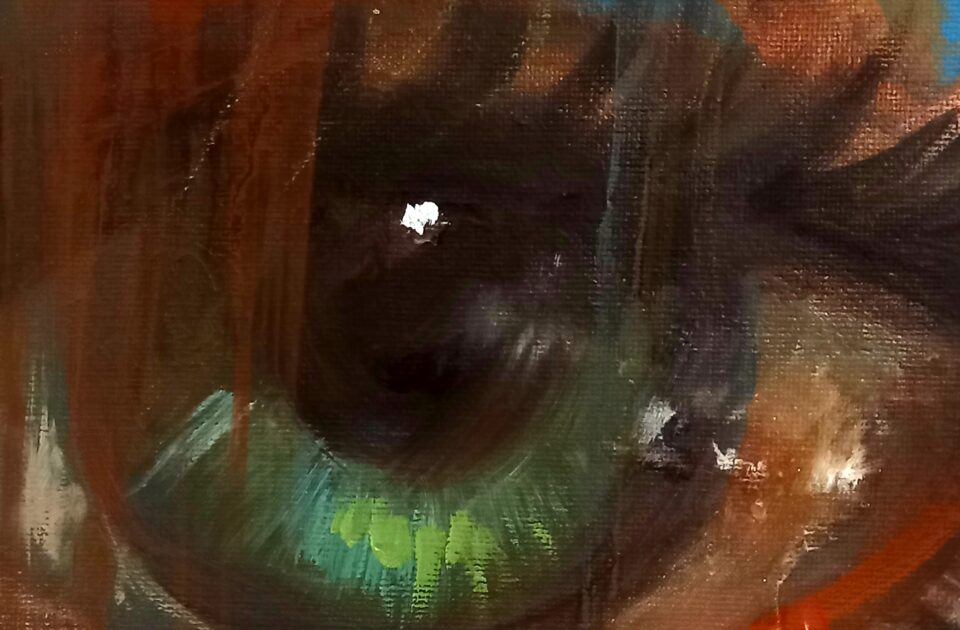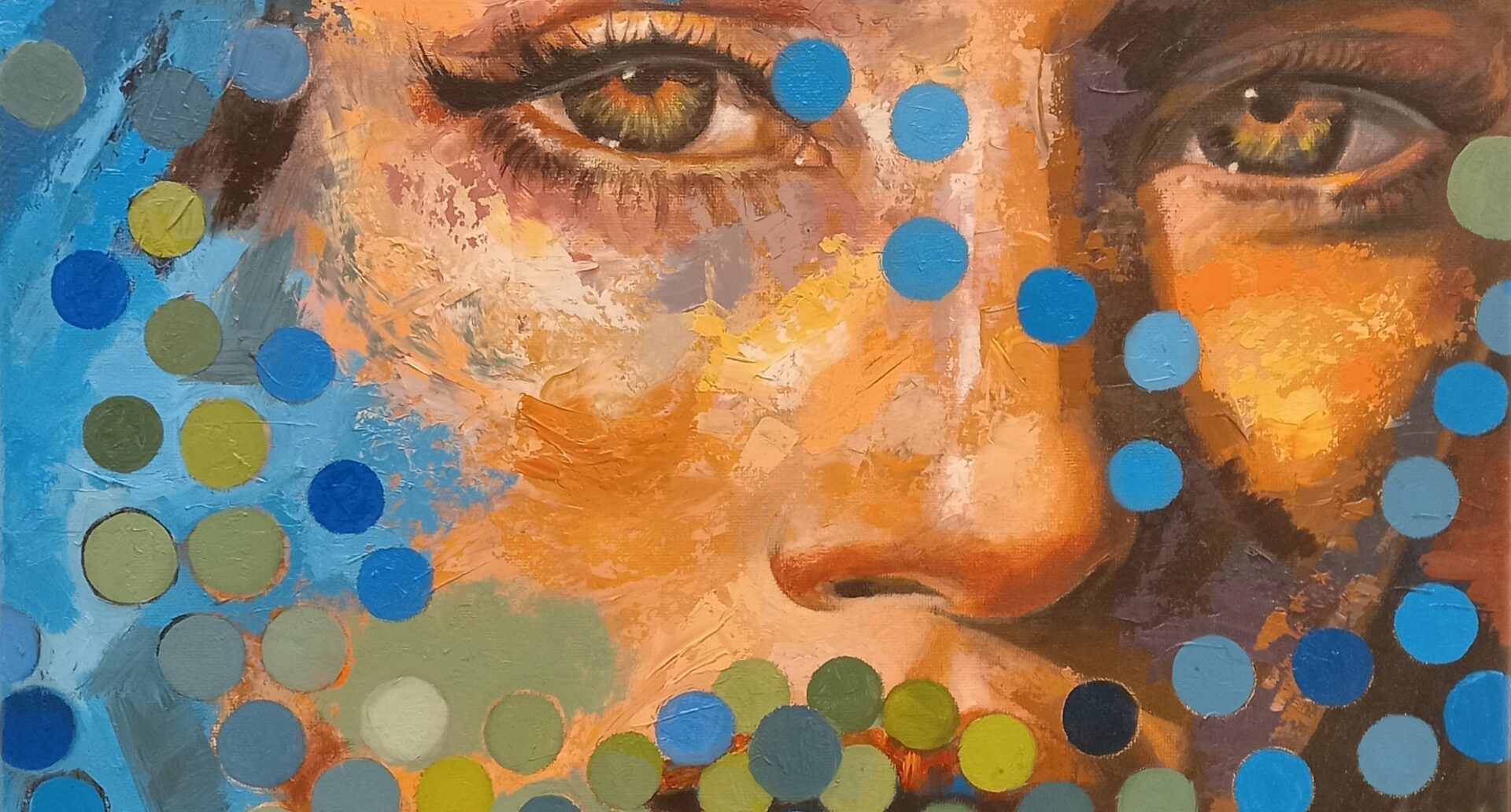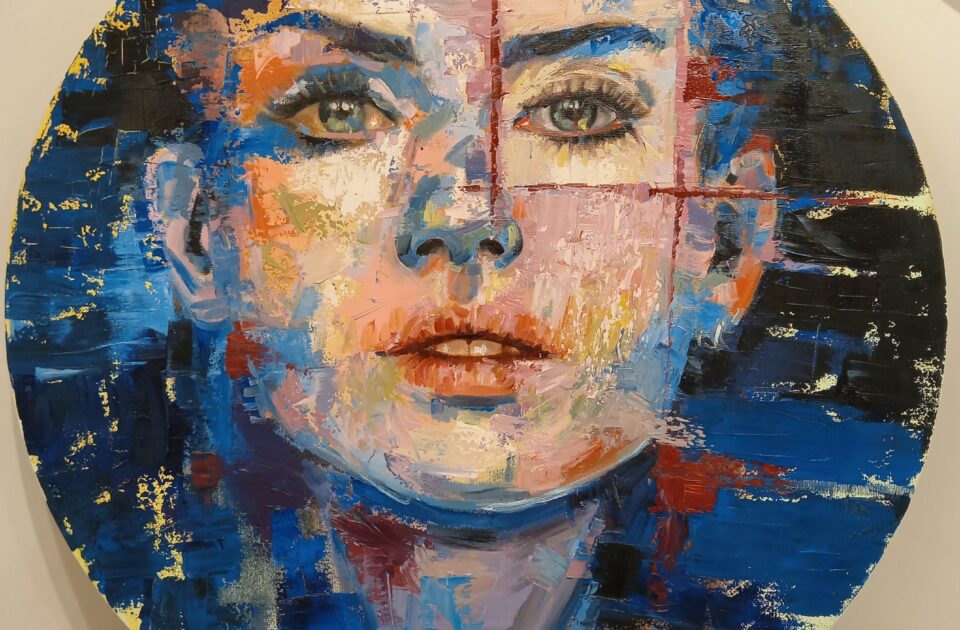[Arles, 11.8.1888] […] I find that what I learned in Paris goes away and I return to the ideas that had come to me in the countryside, before I met the Impressionists. […] Instead of trying to render exactly what I have before my eyes, I use color in a more arbitrary way to express myself with intensity. Anyway, let’s leave the theory alone, I want to give you an example of what I mean. I would like to paint a portrait of an artist friend […]. This man should be blond. And I would like to put in the picture the esteem and love I have for him. I would therefore portray it as it is, as faithfully as possible, to begin with. But the picture would not end like this. To finish it off I will be an arbitrary colorist. I will exaggerate the blond hair, coming to orange tones, chrome yellow, pale lemon. Behind the head, instead of painting the banal wall of the miserable apartment, I will paint the infinite, I will make a simple background of the richest, most intense blue that I will be able to obtain; from this simple combination, the blonde head, illuminated on this sumptuous blue background, makes a mysterious star-like effect in deep blue. […] Ah, dear brother … and good people will see in these exaggerations only caricature. […]
The subjects depicted by Van Gogh will be able to synthesize and translate into painting, through exasperated and deformed faces, a dramatic historical moment. The important revolution inaugurated in the expressionist period, the advent of the photographic technique and the further alterations with consequent disruption and total loss of figuration through the avant-gardes of the second half of the twentieth century, are the basis of the cognitive study of contemporary artists such as Marina Mancuso. Artists who despite strong prejudices towards portraiture and neo-figuration continue a dialogue in which the human figure is placed at the center. The represented subject was born from an introspective investigation of the artist who manages to move beyond the boundaries of the visible and translating into results with a strong figurative system to others where the pictorial material breaks down towards informal derivations.
The Opera selected and recent is entitled “Chandra”. The fixed and magnetic gaze of the female subject, interspersed with the application of color in the foreground, reaches the lightning user. The face retains its physicality and stability despite the dripping effect of the oil color and the rapid brush strokes of the base. Chandra with its confident and imperturbable expression emerges from the bold colors, going beyond the very limit of the support and marking its compositional structure.
Not infrequently the artist blends the color in the iris in a distinct way, accentuating transparencies and light effects in a single eye.
The technique: oil on canvas, size 120 x 100 cm, application of the color through the brush with final resumption, in some points, by spatula.








